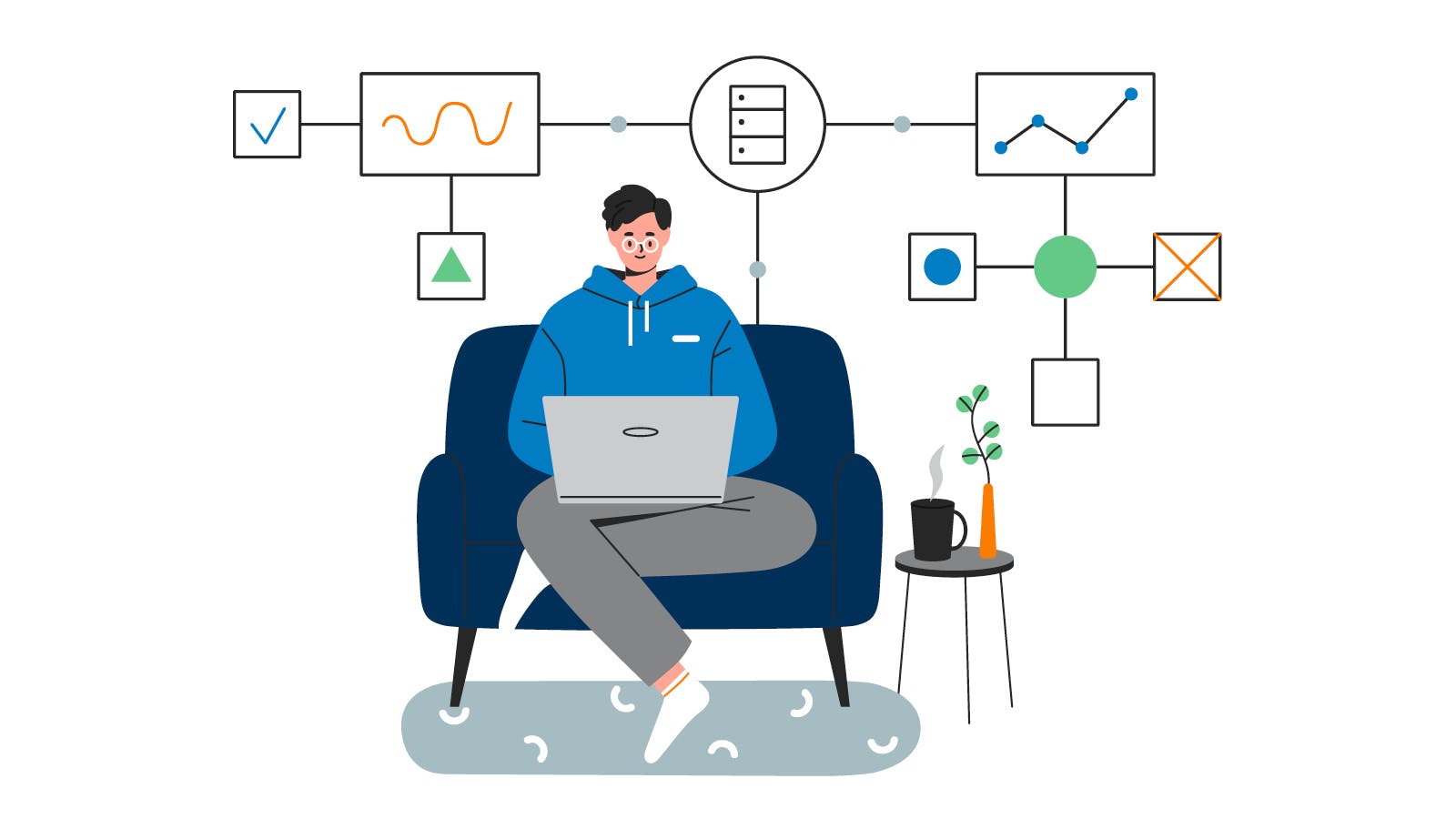Over the course of the last year, the COVID-19 pandemic has turned much of our world upside down. Countless industries across the nation, whether hospitality or public health, have been transformed. The housing industry is no exception. From record-low interest rates to cutting-edge technology, here are a few of the ways this once-in-a-lifetime event has completely reshaped the preferences, popularity and processes of homebuying.
How much you’ll pay in interest
While initial outlooks were bleak, real estate became a bright spot in 2020. One major factor was record-low interest rates (CNN, 2020). At the start of the pandemic, the Federal Reserve (“Fed”) sprung into action to help protect the economy, dropping interest rates on mortgage and home equity lines of credit (NerdWallet, 2020). These low rates had profound effects on both potential buyers joining the market and existing homeowners seeking to refinance. With the Fed stating rates won’t rise “until it is confident that the economy has weathered recent events,” there’s a good chance this factor will also continue to shape the market moving forward.
Who is house hunting
These record-low rates had an almost instantaneous effect on homebuyer supply and demand. More buyers entered the marketplace, while fewer homes were listed or built amid economic uncertainty (USA TODAY, 2020). Bolstered demand and limited supply led to supercharged competition in many markets across the nation. Diminished affordability characterized much of the 2020 housing market, with bidding wars and offers well above asking price.
Where we want to live
As much of the population pivoted to working, learning and spending free time at home, more emphasis was suddenly placed on preferences and quality of life. Prior to the pandemic, many city dwellers across the nation were willing to compromise space, affordability, and other amenities for the walkability, connectivity and culture a metro area can provide. Without these advantages, many made the move to suburban areas. The 2020 housing market saw wide-spread relocations to less densely populated areas (Bloomberg, 2020.
How we utilize our homes
Amid stay-at-home orders and social distancing, our homes “have become so much more than just living spaces” (MarketWatch, 2020). We’ve had to incorporate work, school, exercise, hobbies and social activities without stepping foot outside the home. Our needs, preferences and trends have shifted accordingly. From exploding demand for home offices to the increased need for easy-clean materials, the COVID-19 pandemic has fundamentally altered the way we utilize, outfit and conceptualize our current and potential homes.
How we house hunt
As the COVID-19 pandemic limited group gatherings and in-person business, the real estate industry shifted largely online. A massive influx of potential buyers were shopping for homes from the safety of their computer or smart phone. Technological tools like “virtual walkthroughs, 3-D mapping and drone surveys” (CNBC, 2020) were quickly adopted, and instances of sight unseen purchases were reported (National Association of REALTORSⓇ, 2020). The past year marked a shift in how we buy and sell homes, and this technology is probably here to stay.
The COVID-19 pandemic has fundamentally changed our world, and the housing industry is no exception. From bolstered demand to shifting preferences, the impacts of the pandemic are many. The good news is that after a season unlike any other, real estate was a bright spot in 2020. Plus, a new year means new possibility, and many of these highlights aren’t going anywhere!
Published on February 8, 2021


